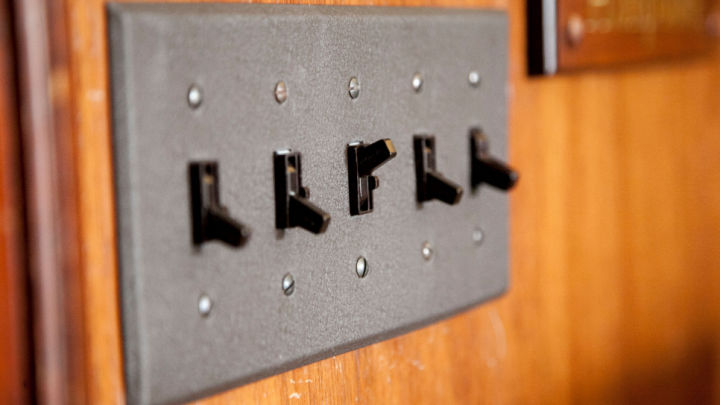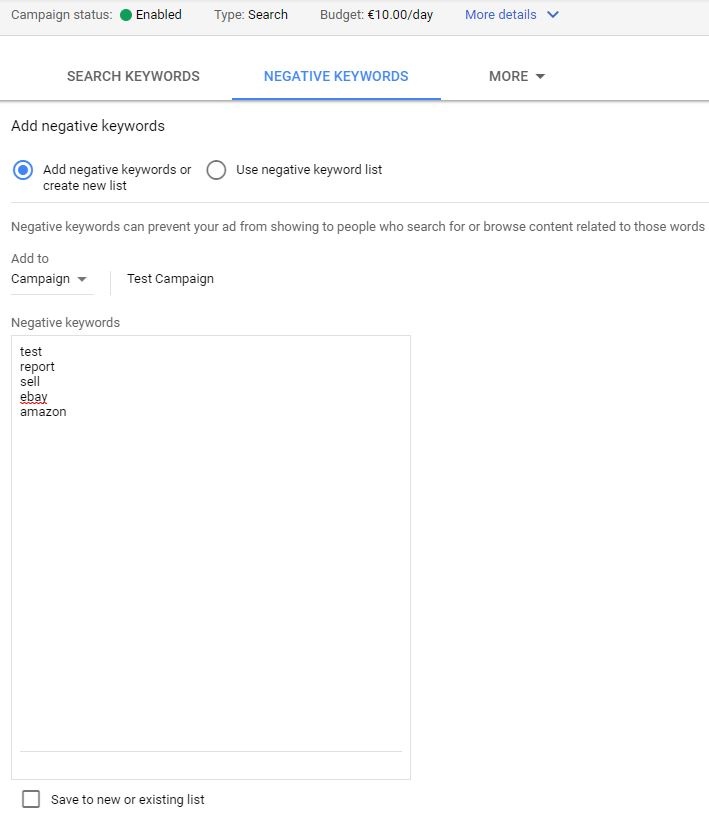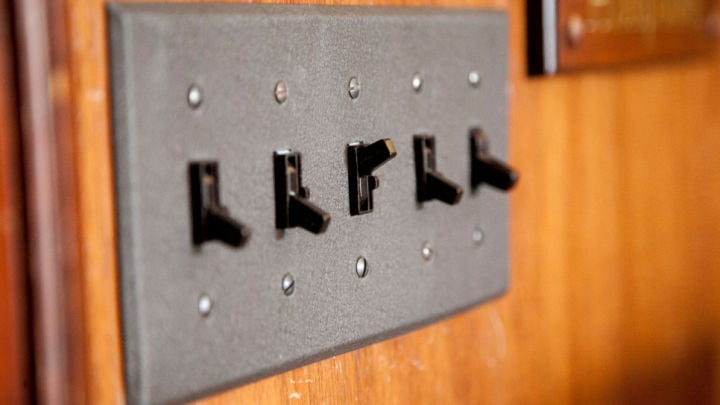The Most Important Marketing Goals of Successful Online Shops
Making plans and setting marketing goals for your business is the best way to make sure that both your customer base and your sales grow.

With Google Ads, you enter the keywords that you want to be found with. But, have you ever thought of excluding search terms that don't fit your offer? If not, then go through these 5 steps with us to increase the performance of your Google ads by using negative keywords.
In Google Ads, you can control relatively well how precisely a search query has to match your entered keyword in order to trigger the corresponding ad with the help of keyword options. A quick reminder:
An example: You have entered "black sneakers" (as a phrase match). The ad can also appear when someone searches for black sneakers adidas or black sneakers nike. If however, you have entered [black sneakers] (i.e. exact match), the ad will only appear if the search term matches perfectly.
But, you can also influence the triggering of ads using negative keywords (enter with -). You should exclude terms for those searches that you are not able or do not want to respond to.
It is possible to avoid unnecessary ad placements (and costly clicks). If your offer is not suitable, two things may happen:
The searchers recognise that the corresponding ad is not suitable and do not click. This leads to a lower click-through rate (CTR). This can, in turn, negatively affect the Quality Score in Google Ads and thus increase the cost-per-click (CPC).
The searchers do not recognise that the corresponding ad is unsuitable and click on it. Then, however, they do not find a suitable offer in the shop and subsequently leave the shop. As Google perceives the leaving of the shop negatively, this consequently has a negative influence on your Quality Score as well. What's more, is that you have then already paid the CPC for a visitor which you did not really want.
First of all, you must, of course, identify the terms which users search for in connection with your deliberately entered keywords. There are maybe a few terms which directly come to mind that you can exclude (e.g. certain brands). However, there are also terms which show that no (suitable) intention to purchase is present, such as
Another option is to enter the unsuitable terms directly as negative during your keyword research. Remember that certain terms that do not match your niche should be excluded.
For example, you can be selective when it comes to the appropriate price segment. If you have established yourself through cheaper prices, you should exclude all terms which are connected with luxury or high quality. Conversely, you should exclude low-price and cheap if you want to be perceived as a high-quality supplier.
Any terms that you have not been able to "anticipate" with the two methods can be identified in the search term report. In the search term report, you can find the actual terms which have triggered an ad (e.g. as described above, the search "black sneakers" can trigger the ad for the search query black sneakers Adidas).
The search term report can be found in the corresponding campaign under Keywords and then Search Terms:

There, you can see the search terms with information on achieved impressions and clicks so that you can get an idea of the importance of this search query. Examine this list carefully and note all terms which are of no use to you. To systematically save on costs, you can also generally exclude appropriate terms which do not result in conversions.
Of course, you also have a valuable source here for finding new, suitable keywords (maybe black sneakers Adidas will be searched for so often that you should separate this keyword into its own ad group with its own ads?)
Remember: Select the keywords you wish to exclude very carefully. If you exclude too many keywords, you will reach fewer potential customers with your ad.
The researched terms must now be entered as negative keywords. To do so, remain in the section Keywords and select Keywords to be excluded.

Click on the blue plus-symbol and subsequently select the campaign or ad group to which you wish to add excluded keywords via the drop-down menu. Enter or copy into the text field one keyword to be excluded per line.
You can add negative keywords to campaigns or ad groups. You must decide which is better depending on the account structure.
Beware: Make sure that the keywords to be excluded are not the same as your normal keywords. Otherwise, your ad will not be triggered.
If you have a dynamic product range and regularly launch new campaigns and there are search terms which lead to undesired impressions or clicks in several campaigns, you can create a list with keywords which are to be excluded and use them for the corresponding campaigns.
Hence, you do not have to enter the keywords which are to be excluded manually for each individual campaign, and can thus make cross-campaign changes more easily.

Recommended reading:
What Is SEA and How Can Your Business Benefit From It?

Shutterstock/davidpaz
Even if negative keywords are a keyword option, the same logic applies here as with positive keywords.
People who put a lot of work into their negative keywords unfortunately often forget the usefulness of checking them regularly. As your product range and the search behaviour of your potential customers change, you should check your negative keyword lists at least once every two months.
You may have excluded terms which you were uncertain about. It may now be worthwhile to test their performance once again.
To learn about negative keywords for Google Shopping ads, download our whitepaper by clicking on the banner below!
This article was originally published and adapted from our German blog: 5 Tipps, wie Sie mit negativen Keywords in AdWords Ihre Performance erhöhen
16/11/17Making plans and setting marketing goals for your business is the best way to make sure that both your customer base and your sales grow.
If you're interested in displaying the Trusted Shops Trustmark, learn how to earn it here. Meet the team of experts that guide you through the process.